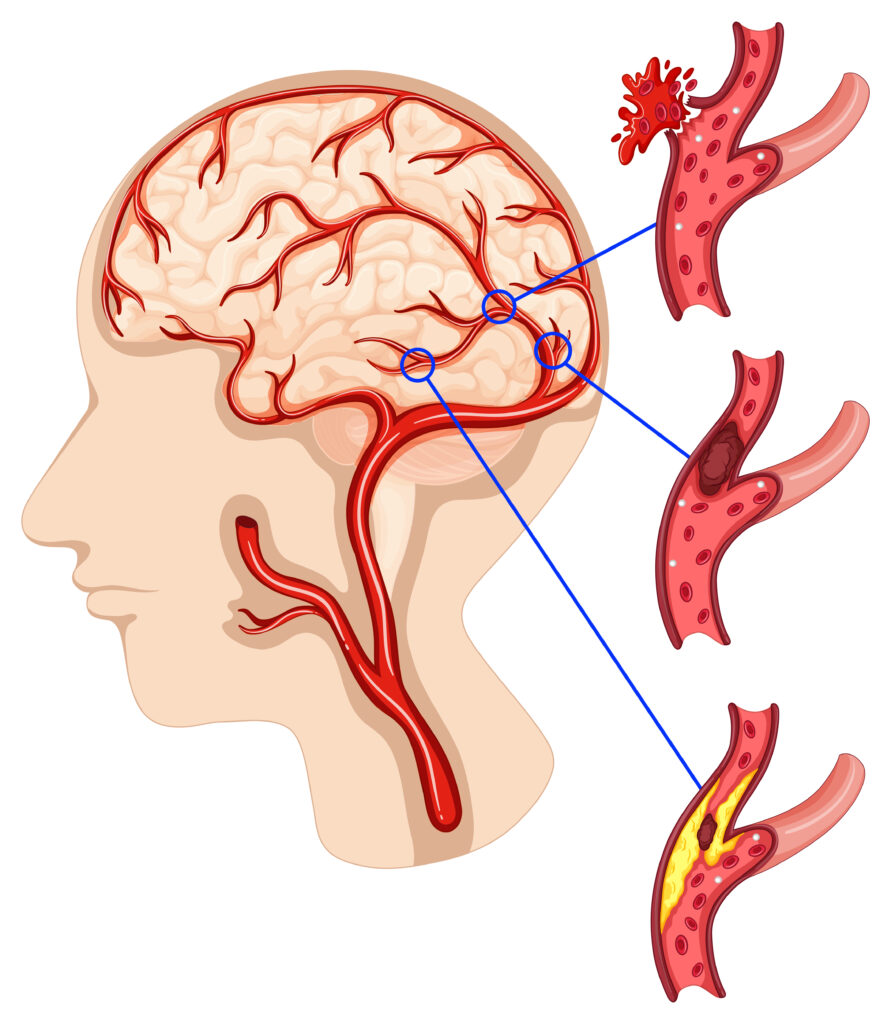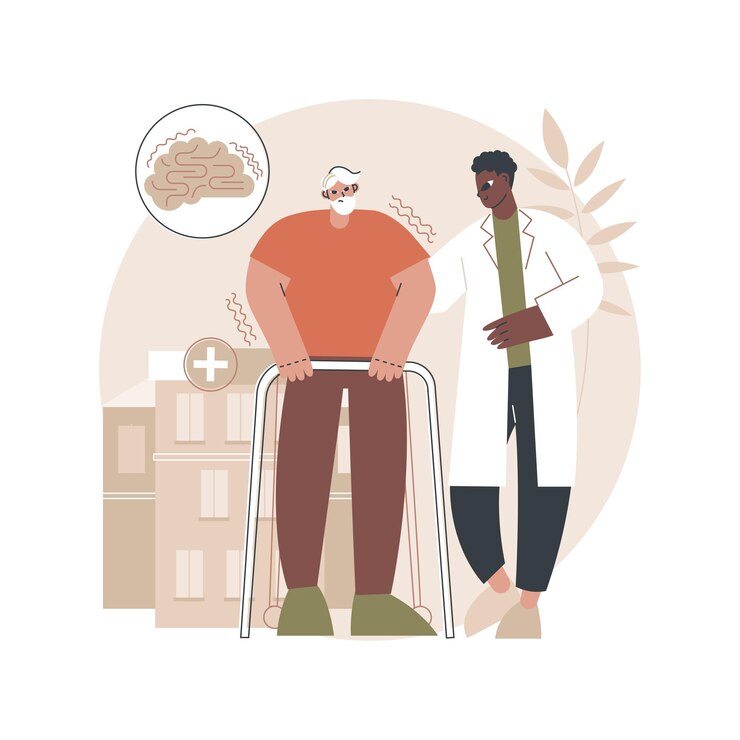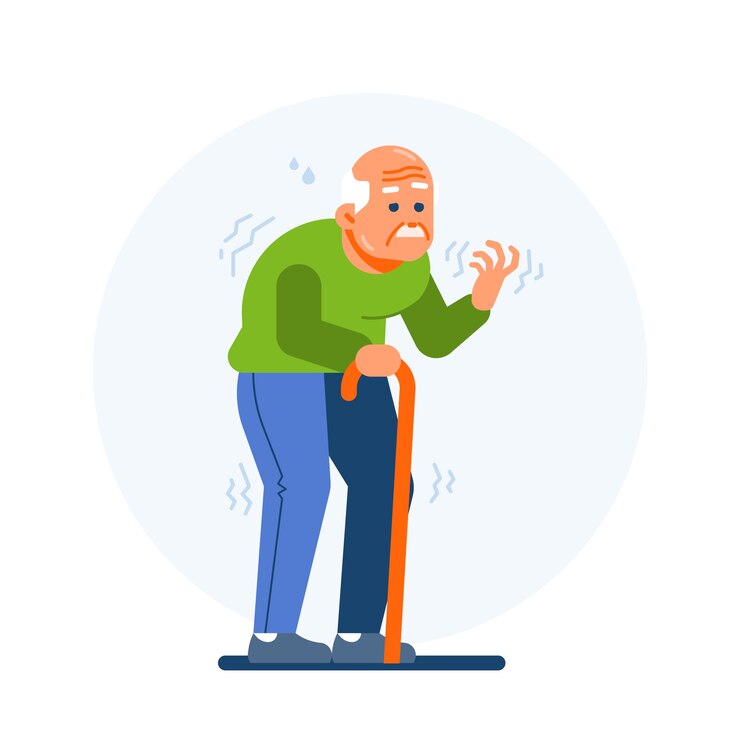Stroke
Home > Department of Neurology > Stroke
About
Stroke
A stroke, sometimes referred to as a brain attack or cerebrovascular accident (CVA), happens when there is insufficient blood flow to the brain, which results in the death of brain tissue. Both hemorrhagic and ischemic strokes, which are caused by diminished blood flow or bleeding, result in altered brain activity. Symptoms including unilateral vision loss, speech difficulty, dizziness, or one-sided bodily inability can appear out of the blue. If symptoms go away in an hour or two, you may have a mini-stroke, also known as a transient ischemic attack (TIA). Long-term effects may include pneumonia or loss of bladder control. One of the main causes of stroke is high blood pressure, which is exacerbated by atrial fibrillation, smoking, obesity, and diabetes. Hemorrhagic strokes are caused by bleeding, frequently from a ruptured aneurysm, whereas ischemic strokes are typically caused by blockages in blood vessels. Physical examinations, imaging studies, such as CT or MRI scans, and extra testing to detect risk factors are all part of the diagnosis process. Risk factor reduction, carotid artery widening surgery, and medications such as warfarin are all examples of prevention techniques. For TIAs and strokes, emergency care is essential. If an ischemic stroke is discovered quickly, clot-dissolving medication may be utilized. Surgery may be helpful in some cases of hemorrhagic stroke. The goal of stroke rehabilitation is to regain lost function, ideally in a stroke unit, however availability varies widely.



